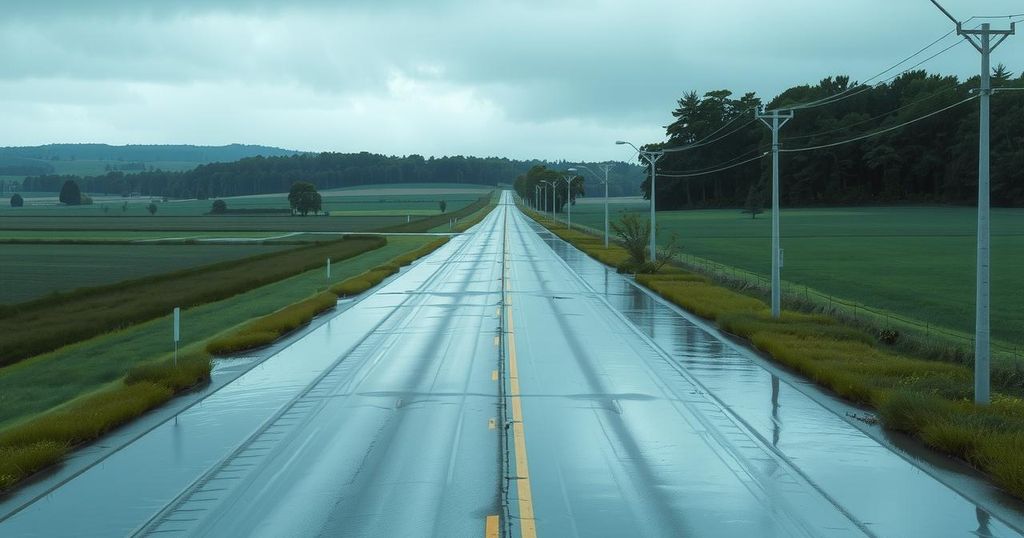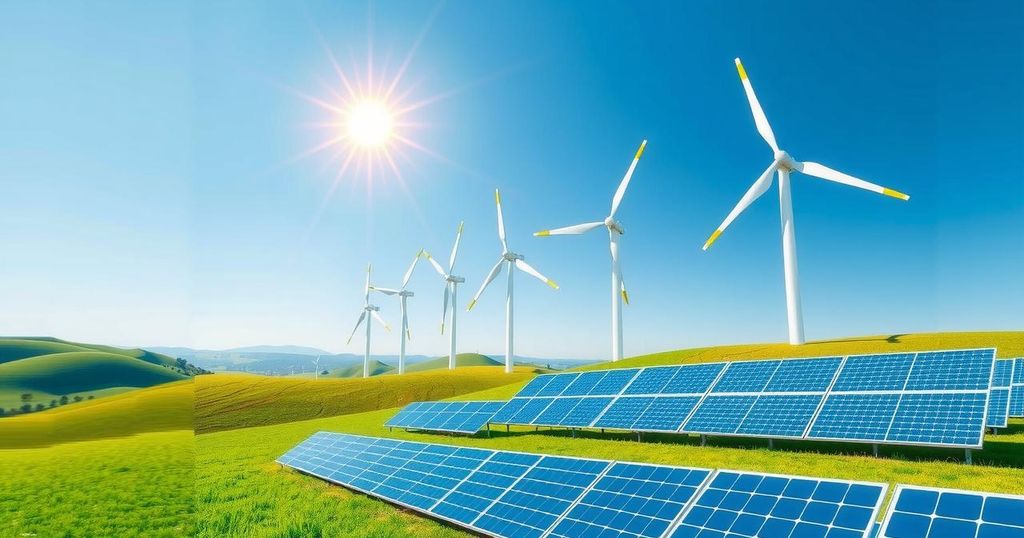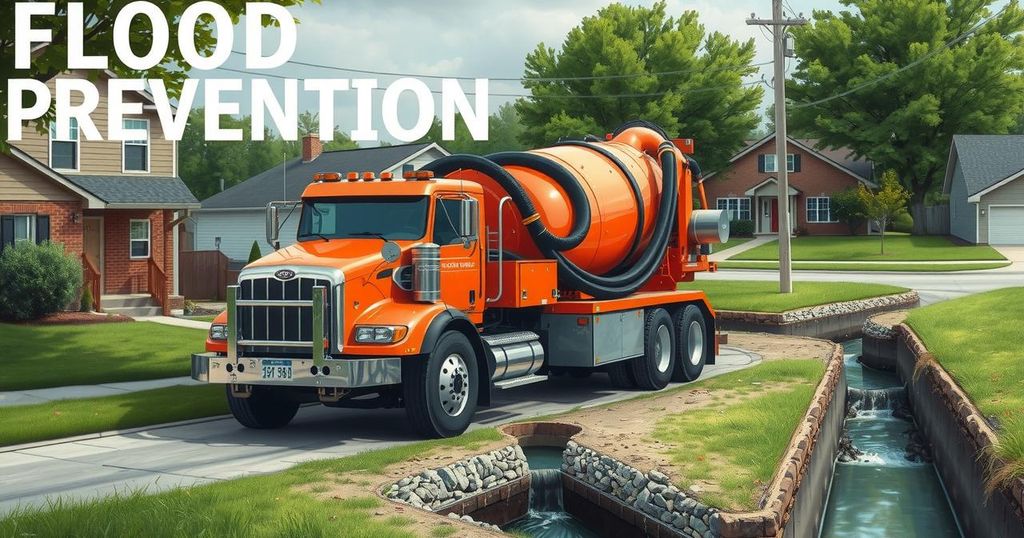Projected Economic Impact of Future Droughts on the Paris Region
The OECD warns that the Paris region may face up to €2.5 billion in economic losses from severe drought episodes by 2100. The agricultural and manufacturing sectors would be significantly impacted due to climate change effects, which increase temperature and disrupt water availability. The report emphasizes the urgent need for revised water management strategies to address these growing risks and safeguard future economic stability.
The Organisation for Economic Cooperation and Development (OECD) has reported that severe drought episodes in the Paris region could lead to economic damages totaling €2.5 billion by century’s end. This alarming forecast emphasizes that while the city has not yet encountered extreme water shortages like those faced by Barcelona and Cape Town, worsening climate conditions are anticipated post-2050.
The report underscores that a substantial drought could significantly disrupt economic activities in the Île-de-France area, particularly in agriculture and manufacturing sectors. Jo Tyndall, director of the OECD Environment Directorate, indicated that the region’s historical infrastructure may be inadequate to handle the anticipated droughts in the future.
Île-de-France, long regarded as water-abundant due to its reservoirs and groundwater, has already registered an average temperature rise of 2°C since 1990, which has escalated the likelihood of severe droughts. In the next 25 years, the report predicts drought conditions akin to those witnessed in the Mediterranean towards the end of the 20th century, leading to extended dry spells and significant agricultural losses.
The lead author of the report, Sophie Lavaud, noted that despite understanding the increased exposure to drought, the vulnerability of activities and populations remains unquantified. Authorities have depended primarily on four major reservoir lakes that support up to 70% of river flow during droughts, but this reliance may have fostered complacency regarding future scenarios.
Île-de-France accounts for 19% of France’s population and generates a third of the national economy while devoting half of its land to agriculture. Water demands are on the rise, with agricultural needs having more than doubled since 2012 and projected to increase by 45% by 2050. The current distribution of water withdrawals indicates that public supply, industry, energy production, canals, and irrigation account for 57%, 20%, 13%, 7%, and 3%, respectively.
A severe drought akin to the catastrophic 1921 event would necessitate stringent water usage restrictions across industries, agriculture, and river transport for over 150 days to secure drinking water for residents. The OECD has categorized the projected €2.5 billion economic damages, indicating that immediate losses from decreased industrial production and reduced agricultural yields would comprise over two-thirds of this total.
The report also highlights the necessity of understanding water usage, especially seasonal variations that affect summer water availability. It recommends proactive measures for drought risk assessment and targeted water resource allocation, stressing the importance of revising water allocation strategies before a crisis occurs.
In addition to water shortages, the report discusses the long-term impacts of drought on Paris’s infrastructure, notably the risk of structural damage to buildings due to soil shrinkage. Lavaud pointed out potential conflicts in water usage, particularly between urban areas and agricultural sectors.
The OECD advocates for innovative water infrastructure solutions, including rainwater capture and industrial wastewater recycling. However, questions surrounding financing these initiatives remain open, and the OECD warns that without significant investment, future droughts could severely challenge the Paris region’s resilience.
In summary, the OECD report highlights the grave economic risks posed by climate change-induced droughts in the Paris region, estimating potential damages at €2.5 billion by the end of the century. With rising temperatures and changing rainfall patterns, the region’s infrastructure and agricultural practices may face severe challenges. Proactive and strategic adjustments in water management and usage are crucial to mitigate these impending crises and sustain economic activities in Île-de-France.
Original Source: www.rfi.fr




Post Comment